7 Books to Read If You Want a Systematized Business That Runs Without You Successfully!
Last Updated on November 1, 2017 by Owen McGab Enaohwo
Does the idea of leaving your business to your employees for a couple of days make you feel uncomfortable? If your answer is yes, then you are one of the biggest bottlenecks in your business; everything and everyone depends on you! It’s because your business isn’t systematized and is unable to run smoothly without your constant involvement. Have you gone on vacation but found yourself checking in on your employees throughout the vacation? Then keep on reading!
Systematizing your business will enable you to release more control to your employees, give you the freedom you truly want and also make sure that you get your desired results from your employees all the time, even when you are not around!
This article reviews 7 books that will inspire, empower and enable you to move your business in the right direction towards systematizing it so that it runs without you successfully.
So here they are!
1. The 4-Hour Workweek: Escape 9-5, Live Anywhere, and Join the New Rich by Tim Ferriss
The four hour work week is a guide to achieve the ideal lifestyle you’ve always wanted. Tim uses “DEAL” as an acronym in the four main parts of the book.
D stands for Definition; here you are taught how to define and figure out what you want, and how to face fear with boldness by seeing past society’s expectation.
E stands Elimination- Here you are strongly urged to manage your time wisely by focusing on the very important tasks that yield maximum benefit and results.
A stands for Automation- here is about building an automatic and sustainable source of income that can be sold. This part of the acronym happens to be the core of the book since Automation is the focus. You are advised never to delegate tasks that can be automated.
The author cites an example of how he avoids having his time consumed by having to read and respond to lots of emails. Instead, he shows how he uses spam filters, auto-responders with FAQs, and automatic forwarding to his assistant to limit email obligation.
L stands for Liberation. Here Tim teaches how the successful automation of your business can in turn lead to you being able to live your ideal lifestyle, work less hours and create the freedom to operate your business from anywhere in world.
(Link to the Four Hour Workweek book on Amazon)
2. The E-Myth Revisited: Why Most Small Businesses Don’t Work and What to Do About It by Michael Gerber
This book majorly talks about the right approach to take for your business to thrive successfully without you. Gerber through his observations states that the numbers of small business owners that fail more often than not share some characteristics in common. He advises you to stop working in your business, instead you have to start to work on your business. He uses a quote by Aldous Huxley to explain clearer: “They intoxicate themselves with work so they won’t see how they really are”.
He identifies the Business Format Franchise as one of the processes of creating systems within your business. It is important to build a system dependent business, rather than a people dependent one. The core of this framework is that for the system to work, it has to be built out of predictable components that can be tested in a franchise prototype. The book shows that one result oriented way to successfully systematize your business is by imagining that you had to franchise your business. Having this in mind therefore means that you have got to begin to work at your business to a level that more employees can be employed. Doing this means that there would be the freedom to vacation, someone else can stand in for you when ill, and above all your business becomes sellable.
For further understanding, there is the story of Sarah a pie shop owner, who is faced with challenges most budding entrepreneurs are faced with. The problem of not meeting up to the expectation, despite working hard. He advises that it is very imperative to create systems and organizations that could create jobs for other people as well as free the business owner from the rot of overworking without yielding tangible dividends.
(Link to the E-Myth book on Amazon)
3. Work the System: The Simple Mechanics of Making More and Working Less by Sam Carpenter
In this book, Sam gives you great insights through his personal experience of near business failure, running a telephone answering service provider called Centratel; a struggling company which he acquired. The book strongly advices you to know what you are doing so as to reduce your working hours and increase productivity. He shows a typical example of systematization of business by revealing how he battled with different challenges, working round the clock and yet being unable to settle payroll. However when the reoccurring crisis he faced reached its peak and he felt like a gun was held to his head, he decided it was time to make necessary changes or risk losing his mind and the company to failure.
Here is what he did;
- He reset his mind and the way he thought about his business by creating a Systems Mindset
- Next he created Strategic Objectives and General Operating Principles for his business
- After which he documented Working Procedures for each recurring tasks in his business so that he employees knew step by step how to get them done correctly.
- Finally he gave his employees the power to improve the working procedures as they carried out their tasks which lead to continuous improvement of the business systems.
Sam advises you to make your business systems visible to your employees, examine them, adjust them, document them, and then maintain them. He revealed how he now has the freedom in his life that he always desired because he now has Extraordinary Systems being operated by Great People. Overall Sam shows you how ongoing Systems Improvement is the key to the success of any business!
(Link to the Work The System book on Amazon)
4. Built to Sell: Creating a Business That Can Thrive Without You by John Warrillow
The ground this book covers is the same as Michael Gerber’s E-myth. John in built to sell clearly identifies the problems of entrepreneurs when building a business. He uses a fictitious character called Alex and Ted to help you best understand how to systematize your business. John further warns about building a business that buyers wouldn’t be confident in buying. Ted sells three ideas to Alex as steps that would help make his business sellable and run on autopilot.
The first one is by focusing on what your business does best and thinking on developing and streamlining that offering. Second tip is to always sell a product and not a service. The Third key is to sell the vision of a bigger and better business that you can sell. John faults businesses that depend on the owner, and basically instructs you to use the framework given in his book to systematize your entire business.
(Link to the Built To Sell book on Amazon)
5. The Checklist Manifesto: How to Get Things Right by Atul Gawande
Atul in this book identifies three types of problems that affects nearly everyone irrespective of the industry or career. He calls them the simple, complicated and complex types of problems. He teaches on the importance of using checklists to improve the results you can achieve in all sorts of complex things.
To drive home his point, he uses the medical profession as a case study; as he talks about how a simple checklist can help doctors checkmate the complexities they are faced with. He also uses the aviation and skyscraper construction industries to make his points clearer, as he points how improving or creating checklists can help get things right, and allow for easy communication that can help prepare you for the unexpected.
He further states that a checklist is a good tool that can help your team work together and better, to achieve better results. In the case of your business where the human mistake is inevitable, the checklist comes highly recommended.
(Link to the Checklist Manifesto book on Amazon)
6. Traction: Get a Grip on Your Business by Gino Wickman
The most important idea revealed by Gino in this book is that if you want your business to run on autopilot without your constant involvement then you need an Entrepreneurial Operating System (EOS). There has to be uniform approach on how things and systems are run.-how to meet and set priorities, how employees are communicated to and how vision is set. He further breaks the EOS into 6 core components namely; Vision, People, Data, Issues, Process, and Traction.
Wickman further presses that the EOS system helps to have a clear view of your business and its components. He uses a good example like the Schechter Wealth Strategies (SWS) .The Company was founded by Robert Schechter in 1971. Being a successful company with a great reputation, it decided to bring in relatives. At this time the systems in place were already chaotic and needed restructuring. However things became better when they decided to draw up a clear vision, set the right structure up, get the right people on board, as well as streamline the processes.
Gino teaches that doing this gives you the ability to narrow your focus so you can deal and dwell extensively with each component. Overall, the author’s advice is on the importance of working on your business; taking habitual breaks from the day-to-day routine to critically spell out objectives, review systems and identify issues.
(Link to the Traction book on Amazon)
7. Get Your Business to Work! 7 Steps to Earning More, Working Less and Living the Life You Want by George Hedley
George Hedley shares experiential lessons on how he turned a $2,000 company to a $50 million company in seven years. He therefore teaches things to do, and what to avoid when it comes to building a successful business that is automated. He teaches simple business blueprints based on his own experience with his construction business. The 7 lesson he teaches are;
- Building an On-purpose on-target business.
- Building a systemized and organized business
- Building financial pricing and profit systems
- Building operational systems
- Building Customer marketing and sales systems
- Building people and leadership systems
- Building equity and wealth systems
He urges the systems discussed to be built into the business plan of your company. This is irrespective of whether you are a rookie or an existing business owner.
He further drives home the need for you to have an organized system through the story of Karen who owns a successful marketing and public relations company. Her business grew to the level where she needed an office manager. She was however torn between hiring an experienced manager and an inexperienced but enthusiastic one; whom she figured could be trained.
George advices you on the need to hire the experienced ones whose input will help free up your time so that you can focus on those things that give you the biggest returns.
(Link to the Get Your Business To Work book on Amazon)
Do You Want to Systematize Your Business so that it Runs Without You Successfully?
You can be rest assured it would do you a world of good. The points and principles taught in these books can never be over emphasized, as these authors highly recommend that creating systems for each aspect of your business must not be only be for you, but also urge that the principles be passed and taught to your employees to execute. These systems at their rudimentary level are made up of processes which in turn are made up of procedures which document step by step how repetitive tasks get done.
So if you want to reap all the dividends that come with business systematization, then you must start systematizing your business which means you must start documenting procedures for your business.
If you have decided to take this rewarding step for your business; it might interest you to know that there is an easier and quicker way to start documenting procedures for your business. Click Here To Signup for a FREE 14-Day Trial of SweetProcess and let’s get started.
Get Your Free Systemization Checklist



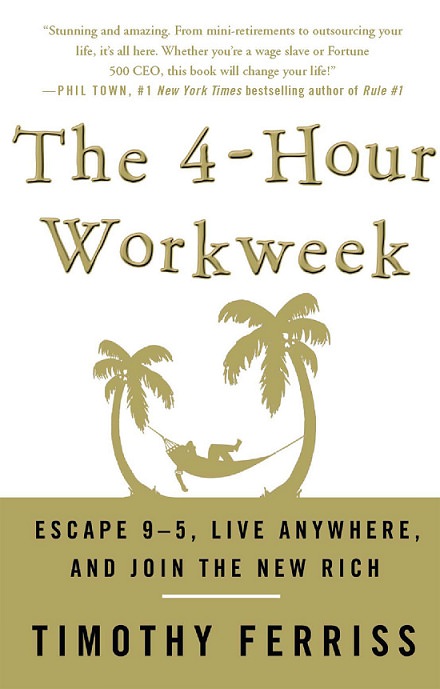
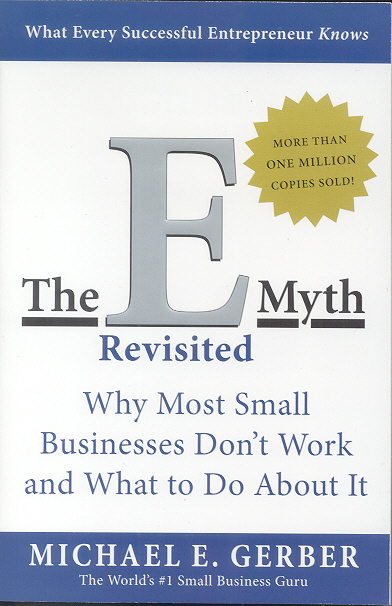
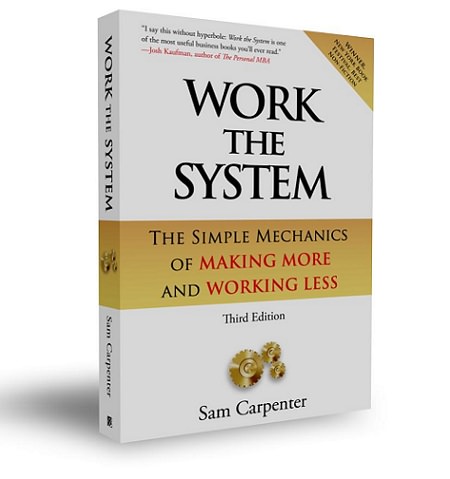
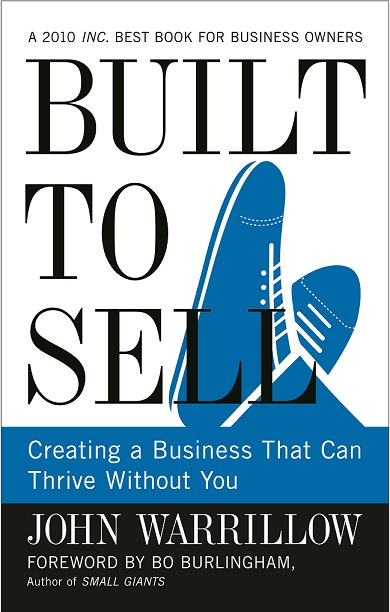
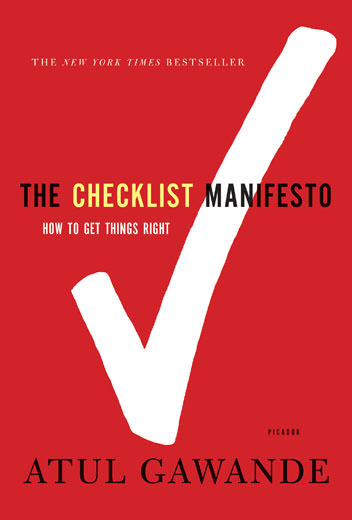
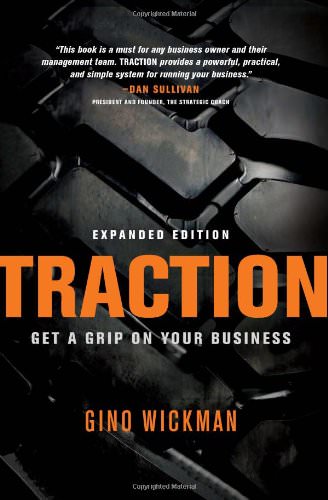
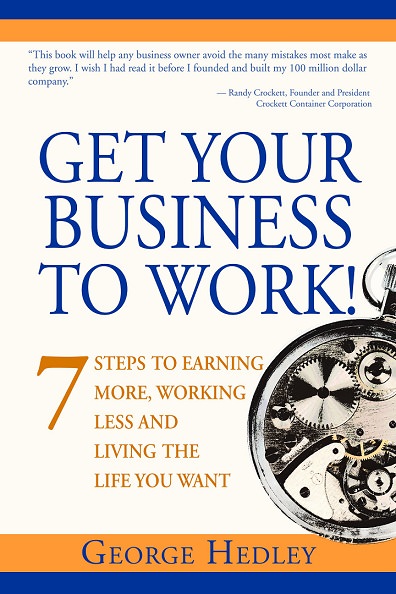






Amazing info
Thanks to the excellent manual
Thanks, glad you like it!
I recommend you include “Scaling Up” , “Get a Grip” (complementary book to “Traction”) and “The Toyota Way” on the list.
Regards
Thanks for the recommendations… perhaps in an update to this article we might consider adding those.
Yes, Thanks. Great info and recommendations. I also agree with Fico – “Scaling Up”, “Get a Grip” and “The Toyota Way” are also awesome. Other suggestions are “Clockwork”, “24 Assets” and “E-Myth Mastery”. Happy reading!
Thanks, Bruce.
Thank you. I appreciate the commenters too.
Thank you for sharing.
Glad you like our content.